A Beautiful Day for a Neighbor
Would you be happy to know that bobcats are visiting your home?
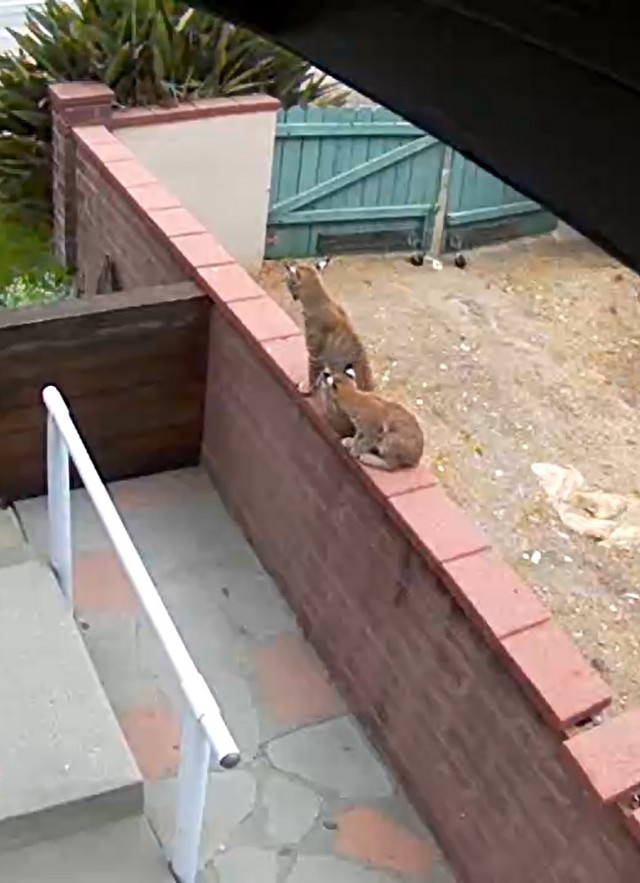
A few weeks ago, Miguel Ordeñana and I received this e-mail from our colleague, Sok Tng, “A friend sent me this video clip taken of her side yard in the Altadena area. What cats are these? Caracals came to mind but no, no, no, can't be!”
Sok works in the Advancement Department here at NHM, and since her arrival at the museum she has been telling her friends and family about NHM’s commitment to studying nature within the urban and suburban areas of Los Angeles. So, I wasn’t surprised to see the e-mail from Sok that included a video of wildlife resting in her neighbor’s yard.
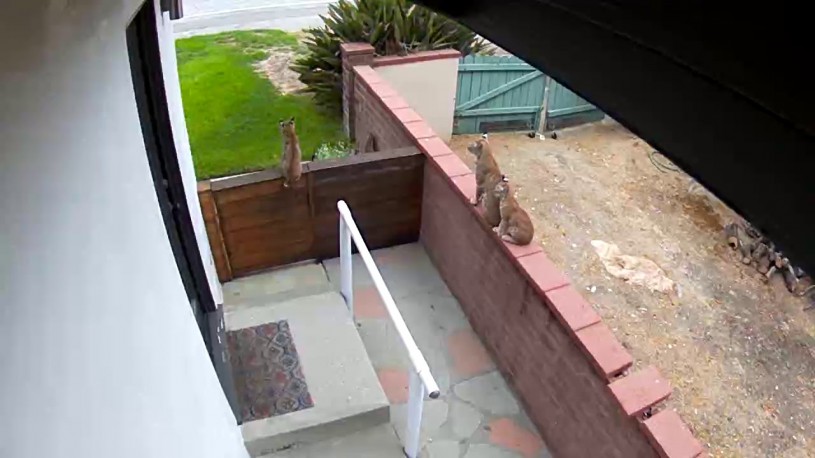
video: Mary McClelland
Miguel replied, “This is an adorable bobcat family. It is a mom with her 2 kittens. Thanks for sharing,” And, Sok responded with, “Thank you very much Miguel! My friend will be very happy to know she has bobcats visiting her home!”
At this point, as I didn't think I had anything to add to the conversation, I would normally save this e-mail thread to one of my many e-mail folders, but seeing the words, “My friend will be very happy to know she has bobcats visiting her home!" stood out to me. I have been part of many e-mail exchanges between the Community Science Program and people who want to know what types of plants, animals, and even fungi are in their neighborhoods. Many of these people get nervous or anxious upon learning that bobcats, coyotes, snakes or other animals are using sections of their yard as habitat or a walking path. So, I was intrigued to learn that Sok's neighbor would enjoy having bobcats in her yard. Sok's optimism made me want to learn more about this neighbor. I wondered if this person really would experience happiness upon learning that bobcats were using their yard. Then I thought, "Has this person seen or recorded other wildlife in their neighborhood?"
Sok agreed to e-mail her neighbor, Mary McClelland, on my behalf. Rather quickly, Mary replied telling me, “The bobcats come through our corridor infrequently. Neighbors have noted them sleeping in their backyard. This is the first time we've seen a mama and babies - usually it's just a single adult." Mary added, “...the space between our house and our neighbor is a pretty active path for wildlife. Almost nightly we have traffic that has included coyote, skunk, bear, deer, raccoon and bobcat. Just now the raccoon are the most prevalent. Two months ago a bear went through several times. In winter it's mostly deer."
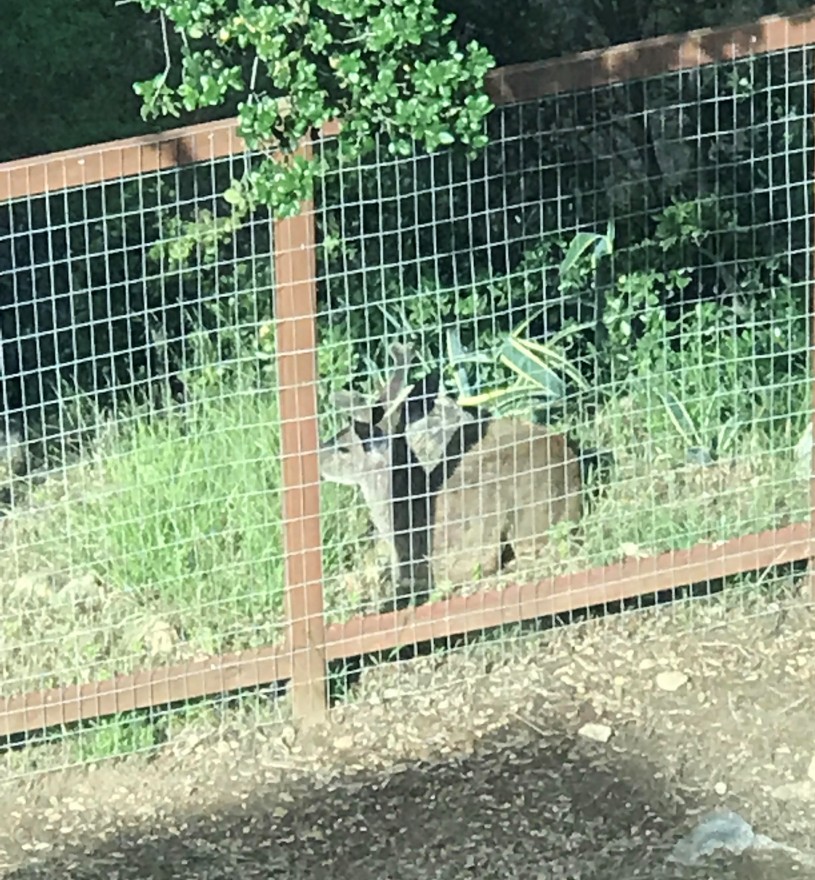
Sok was correct when she said that Mary would be excited to learn she had bobcats visiting her home. Mary happily exclaimed, “We've had the security camera up for two years now. My daughter is thinking of sending us a camera trap so we can get better images. I do love where we live. It is so exciting to know the wildlife is here too!"
Mary and Sok aren't the only ones excited by their wildlife neighbors. Mary also shared with me this video of a bear and coyote interaction, and my jaw dropped.
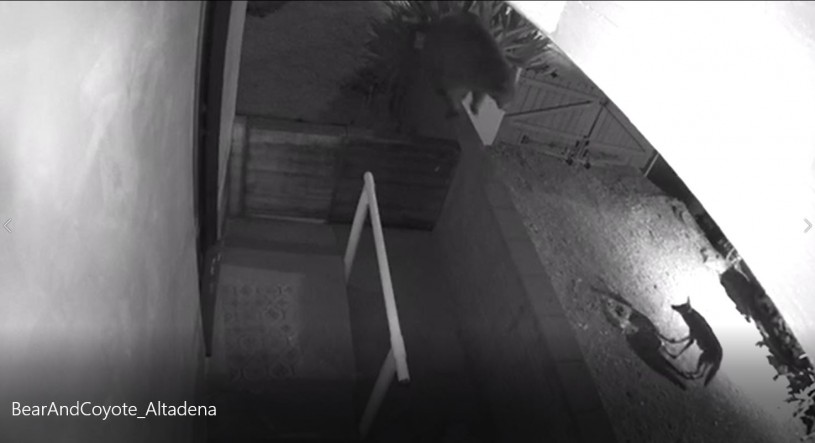
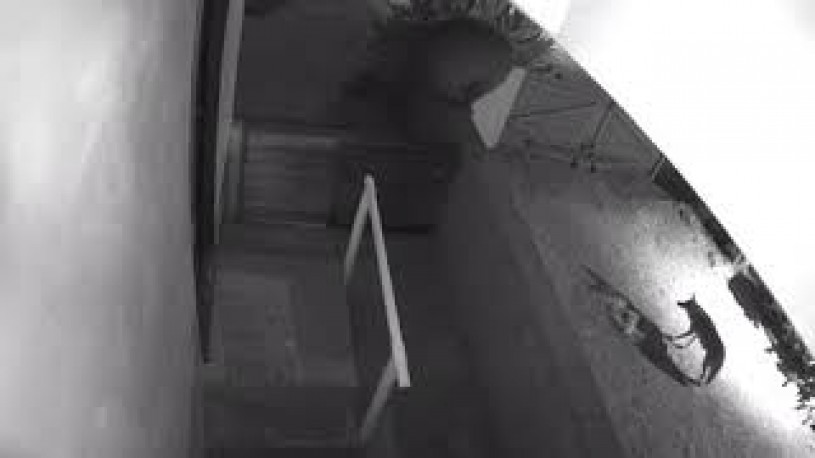
video: Mary McClelland
When I showed Miguel this video he was also impressed. I believe his exact words were, "Whoa! I've never seen a coyote nip at a bear." Miguel watched the video a few times, pausing here and there, and then he told me, "The coyote may be protecting her litter of pups since I think I can see engorged nipples on the coyote. That would explain why the coyote is being aggressive to a bear - she is protecting her pups. Coyotes, unless they are in a pack, are not this bold. Bears are so much bigger than coyotes, so that being a mother coyote, protecting her litter of pups, is the most likely reason we are seeing this interaction."
Humans sharing space with wildlife dates back to the beginning of people on this planet. And as people continue to push development into new spaces, we can expect to see wildlife continue to use these spaces to obtain food, water, and shelter. Conflicts have and will continue to arise, but seeing Mary’s sense of wonder and appreciation for the wildlife in her neighborhood fills me with hope. If she accepts bobcats, coyotes, skunks, deer, and bears as her neighbors, then hopefully other Angelenos will and do accept them, too.